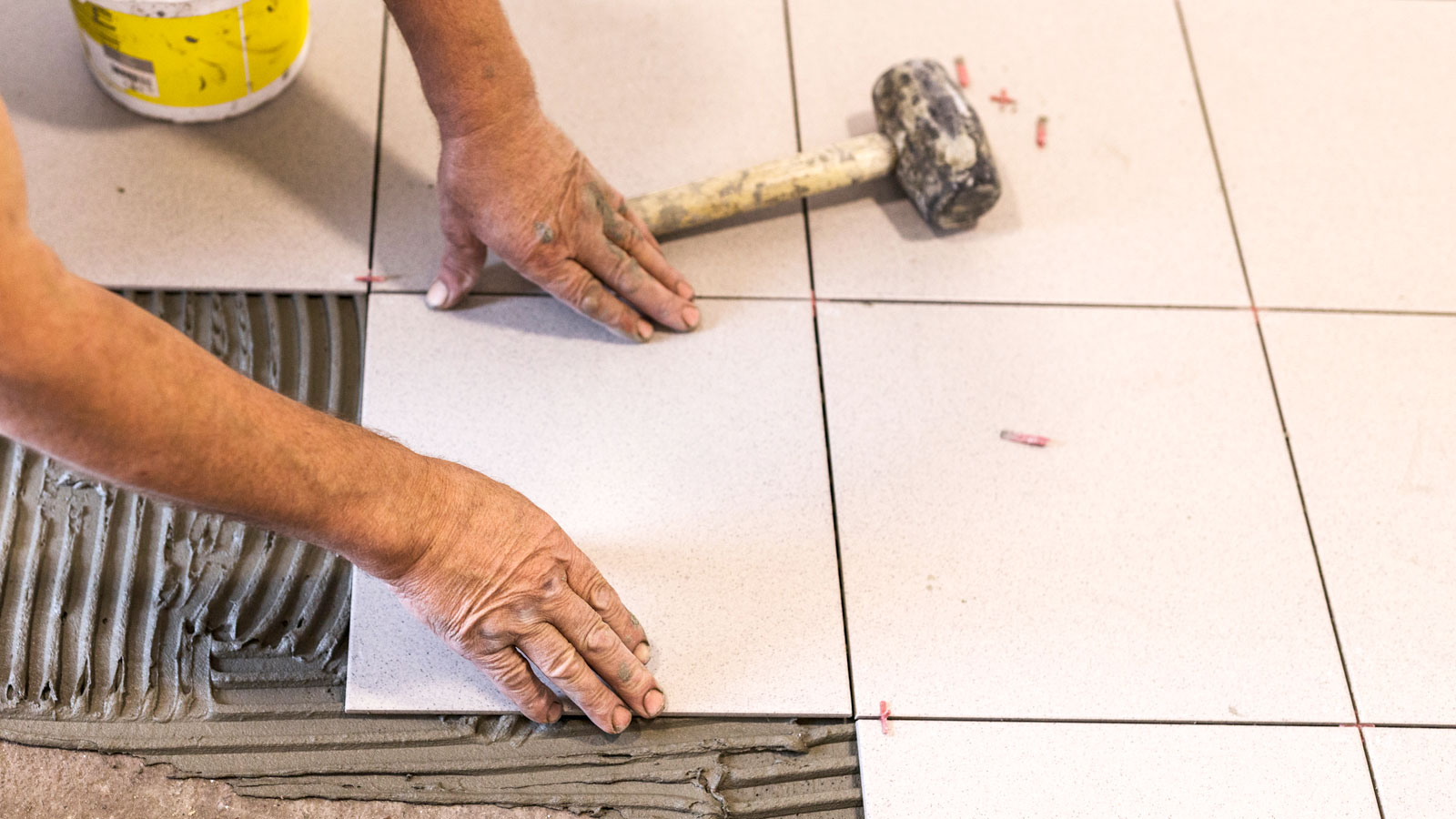Need to know how to clean mould off wood? Try these smart, straightforward tips to remove and prevent its return
Indoors or outdoors, when mould appears on wood, you need to take action fast to eradicate the problem for good. Here's what experts recommend
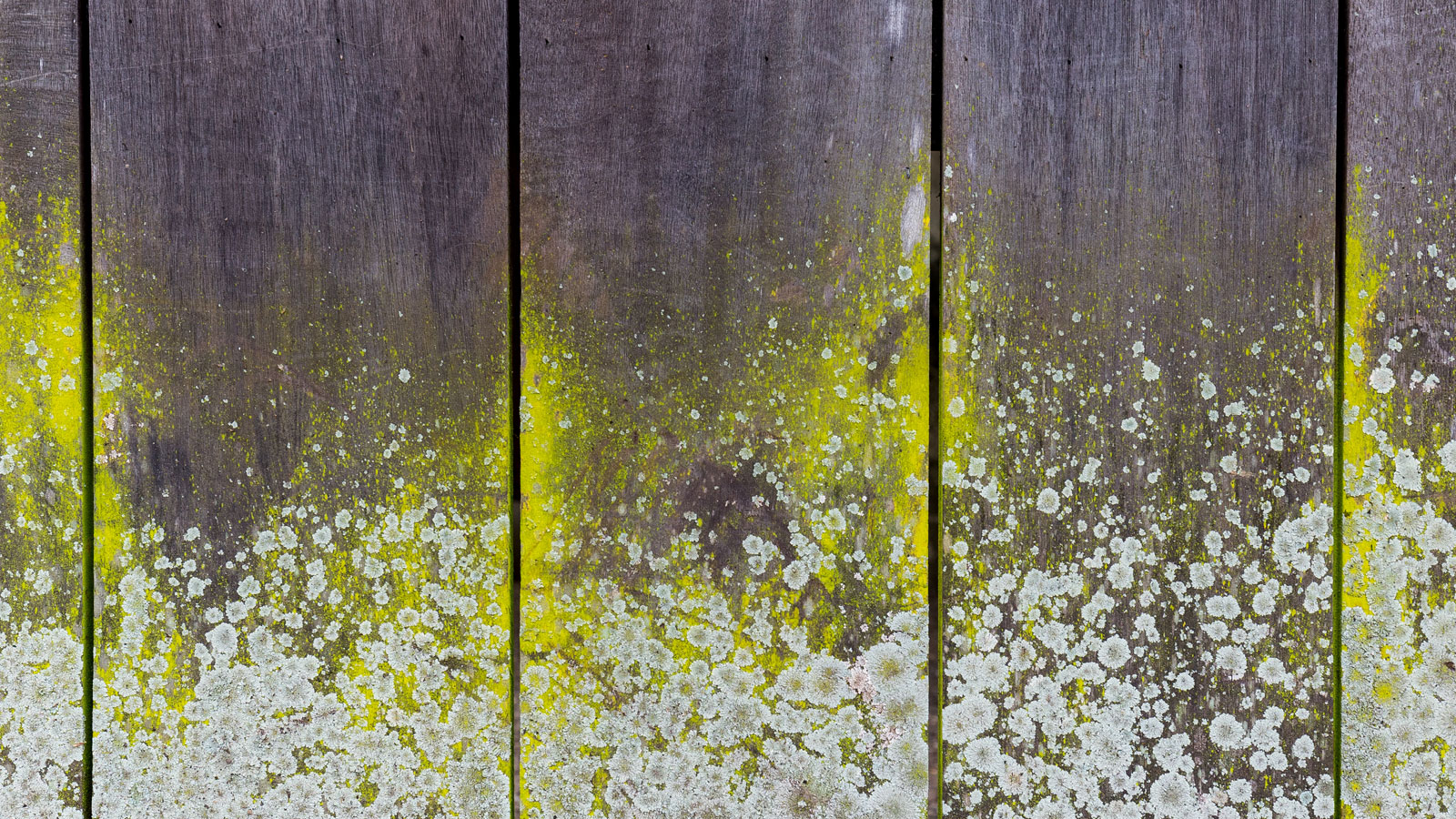
When mould makes an appearance on wood, you don’t want to leave it. The sooner you act, the easier it will be to deal with. The longer the mould is left untreated, the deeper it will penetrate the wood and the harder it will be to remove.
Indoors, you’ll find different types of mould, often appearing on skirting boards, wooden wall panelling, window frames, and in certain circumstances, even floorboards. Outdoors, mould, algae, and lichen will often take hold on wood too.
Here we look at both natural and specialist solutions to help get rid of mould on wood, and what you can do to prevent it from reappearing.
Causes of mould on wood
Just as with any type of mould in the home, the main culprits of mould on wood are too much moisture and damp in the air, and poor ventilation.
Where wood is located on a cold, external wall the problem may well be worse. Bare wood, being pretty porous, makes a great breeding ground for mould too, with no protective coating to prevent the mould from working its way into the grain.
Try these to help get rid of mould on wood
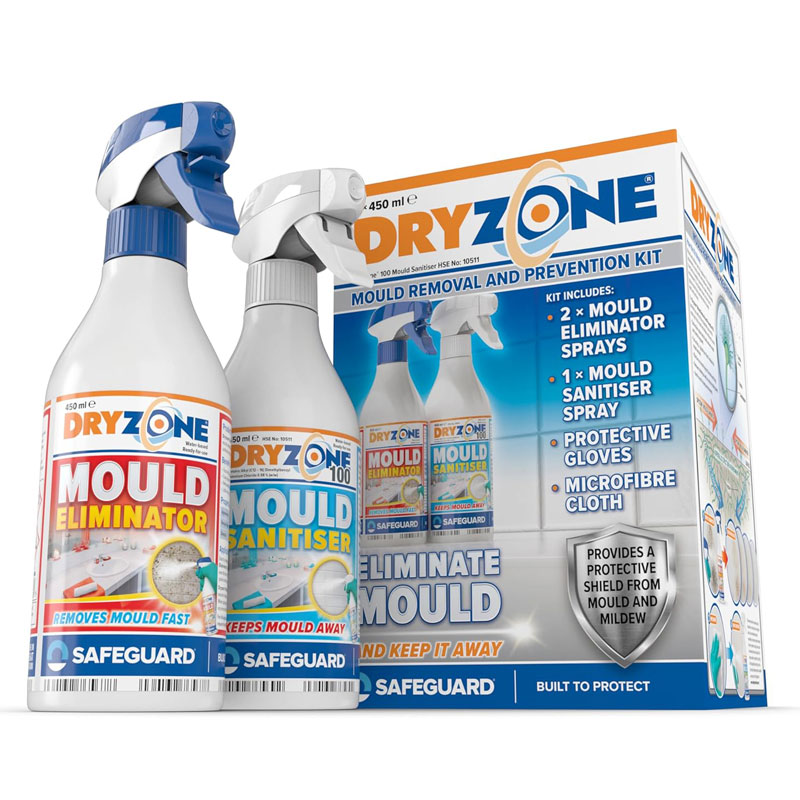
This kit contains all you need for mould removal and prevention. Included are two 450ml mould-removal sprays, a single 450ml sanitiser, a microfibre cloth, and a pair of protective rubber gloves.
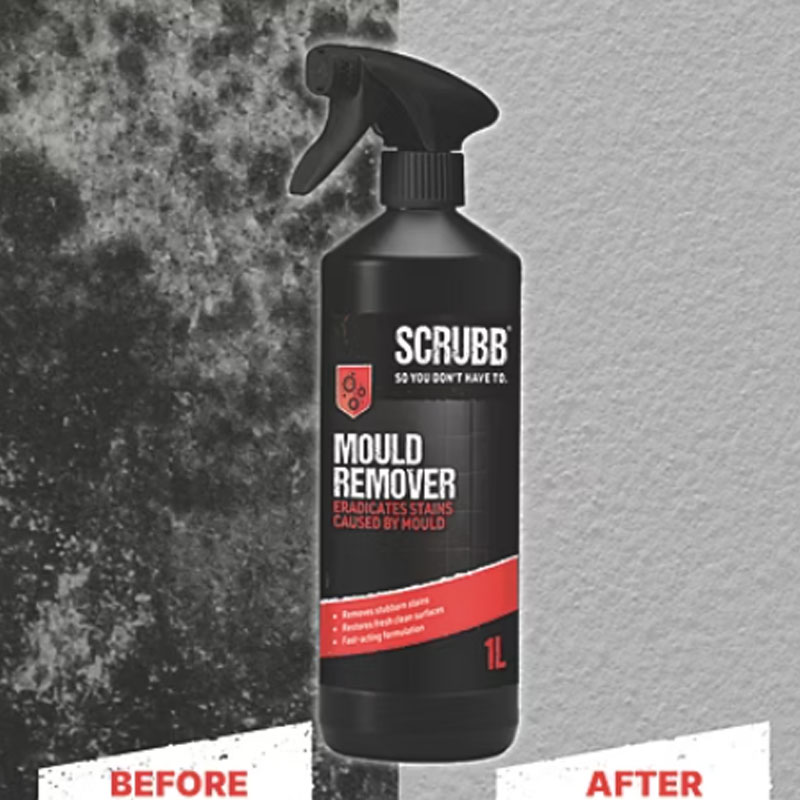
A professional strength cleaner for removing stains caused by mould. The foam spray clings to surfaces and effectively removes any unsightly marks and stains. Wear protective gloves, clothes and goggles when using.
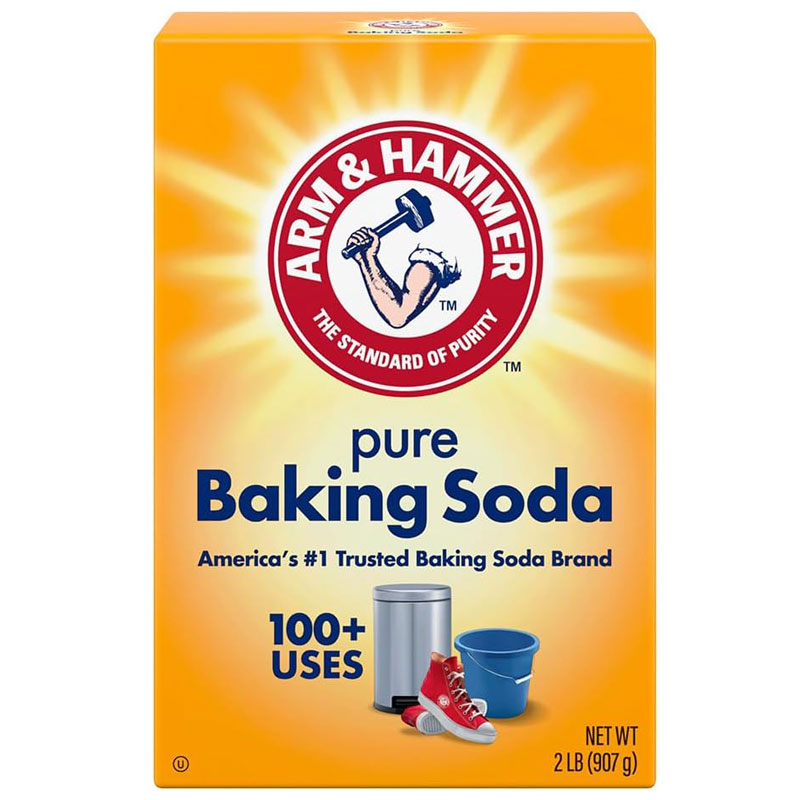
This baking soda from Arm & Hammer is a natural cleaner that can be used to remove a myriad of unwanted stains, grease and mould. Mix with vinegar and apply to the surface to remove.
How to clean mould off wood the natural way
First things first. If you decide to tackle any mould problem on a DIY basis, safety needs to be paramount.
Mould is dangerous and can cause all kinds of health issues, from skin rashes to breathing problems. For this reason, when removing mould spores from wood, you need to protect yourself. George Edwards, MD of Timberwise, recommends the following: "Wear a respirator to avoid inhaling spores, long rubber or nitrile gloves to protect skin, safety goggles to shield your eyes, and disposable overalls or washable work clothes."
Bring your dream home to life with expert advice, how to guides and design inspiration. Sign up for our newsletter and get two free tickets to a Homebuilding & Renovating Show near you.
There are several types of natural cleaning solutions that can work to remove mould from wood. Some are more suitable for painted wooden surfaces, such mould on skirting boards or window frames, while others are best for bare wood.
In both cases, begin by vacuuming the affected area. "Using a vacuum with a HEPA filter can help capture and remove loose mould spores from surfaces and prevent them from becoming airborne," says George Edwards, "but this depends on the severity of the problem."
When finished, empty the vacuum into a bag outside, seal it and dispose of it.

George Edwards is the Managing Director at Timberwise UK, where he leads a national team delivering high-quality property care. With 10+ years’ industry experience, he drives strategic improvement, operational excellence, and client value through integrity, innovation, and a fully rounded business perspective.
Removing mould from painted wood
If the wood in question has been painted or stained, it is less likely that the mould you will be removing will have penetrated the timber, meaning removing it should be easier than if you were dealing with bare wood.
In this case, you should find that a mild cleaning solution of washing up liquid and warm water should do the trick.
Use a scourer, cloth, a soft-bristled scrubbing brush or an old toothbrush to lift the mould off the wood, then rinse with clean water and thoroughly dry it off. A toothbrush will be best for tricky to clean spots, such as decorative timber mouldings or around windows.
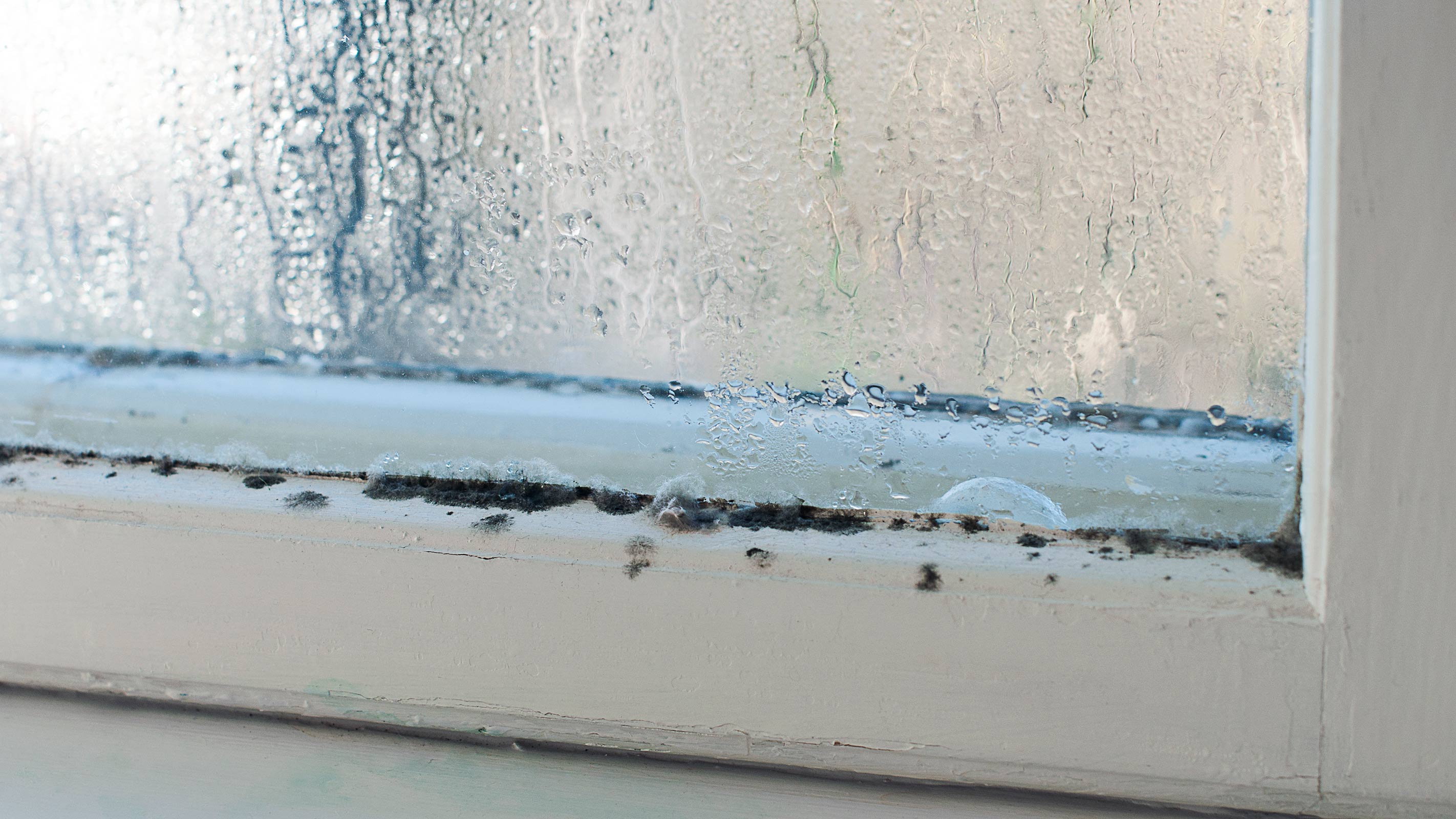
Removing mould from bare wood
If the wood in question has not been painted or varnished, you might need to take a different approach. This is because you need your cleaning solution to penetrate the wood to eliminate any spores that have permeated the timber.
You can often tell whether or not the mould has got into the wood as stains tend to linger, even after trying the soap and water method.
In this case there are two methods to consider.
The first is to use a solution made up from vinegar and water – in equal parts. Vinegar will not only get rid of the mould but it should also help eliminate or at the very least fade out, the stains. Use a spray bottle to apply the solution, allow it to sit for a couple of hours, then wipe the area down with a damp cloth or rag.
If those pesky stains still won't budge, it is time to try a solution of bleach and water.
Sam Jenkinson, shed expert at garden building retailer Tiger, says, “to remove mould from bare wood, I recommend using a dedicated mould cleaner or diluted bleach. If using bleach, dilute one part bleach with three parts of water, apply to the affected area and leave it to sit for an hour before wiping clean with a damp cloth.
"However, it can be tricky to remove mould once it’s taken hold," he adds, "so preventative methods are your best option to try and avoid it appearing in the first place.”
But, DIY expert, Steve Jenkins, who has looked into many ways of dealing with mould in the home, including painting over mould, warns, "bleach is only a temporary solution."
"Bleach cleans off surface mould and removes the discolouration that mould leaves, but bleach doesn’t kill off the spores that cause mould growth. So, eventually, the mould will start to grow back," explains Steve.
"Both baking soda and vinegar are better choices for killing off mould than bleach. You can use them separately, or combine them to create your own mould killer."
If mould is appearing on larger area such as a timber shed, Sam suggests how to keep it at bay.
"If you don’t have a pressure-treated shed, it’s important to treat your garden building at least once a year. This will help to stop rot and ensure damp and mould won’t develop in your shed."
Finally, if any mould or stubborn stains remain, sanding the wood is a good idea. After sanding, consider staining, painting, or varnishing the wood – this could help protect it from future mould outbreaks.
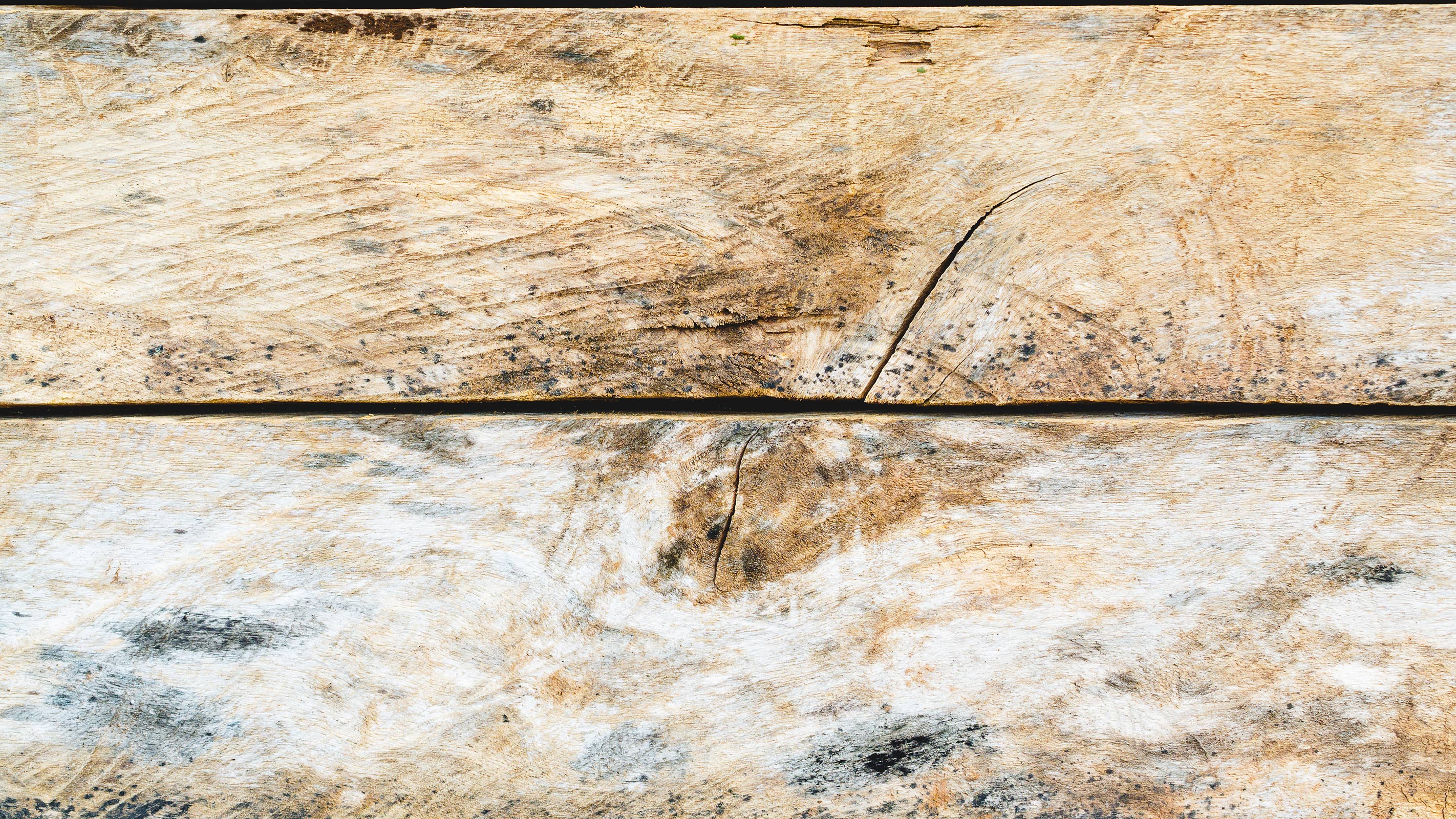

Sam has developed an expertise on Tiger’s entire product range, from garden sheds and summerhouses to log cabins and storage solutions. His hands-on knowledge of the features, craftsmanship, and customer needs behind each product allows him to communicate their value with authenticity and clarity.

Steve Jenkins is a keen DIYer with over 20 years of experience in transforming and renovating the many homes he has lived in. Previously the DIY content editor for Homebuilding & Renovating he specialises in painting and decorating, but has a wide range of skills gleaned from working in the building trade for around 10 years.
Products to remove mould from wood
If you don't fancy making up your own solution, and aren't anti-chemical, there are products available to buy that are designed specifically for removing mould from wood.
Most are pretty strong smelling and it is crucial to protect your skin from coming into contact with them.
Karlsten Furniture Mould Remover Spray from Amazon is designed for use on wood, amongst other materials, and was praised by reviewers for its non-overpowering scent.
Homebuilding & Renovating's website editor, Amy Willis, looked into how to clean mould off ceilings and had success using HG Mould Spray from Amazon, although this is not specifically stated as being suitable for wood, so using it on an inconspicuous test area first would be advisable.
"This stuff worked a treat," says Amy. "I had an old bottle lying around and sprayed it on. I waited just over five minutes and wiped and off it came. I was actually pleasantly surprised how easily it came off. Note, it did leave a bit of a chlorine smell like a swimming pool, which I didn't mind as it made the bathroom smell clean, but it might bother some."
How to prevent mould from returning
In order to stop mould from attacking your woodwork, it needs to be kept as dry as possible, and the room it is located in needs adequate ventilation.
There are products available to protect wood from damp and mould, such as Roxil Wood Protection Liquid from Amazon.
However, before any mould problems can be fully resolved, it is vital to understand what causes damp so you can work out where the problem is originating. Damp and condensation are both prime causes of mould in all kinds of areas of the house, from walls and ceilings to wooden furniture, and even fabrics such as curtains.
If you have a condensation problem, you need to improve your home ventilation. Regularly opening windows, or house burping each day will help, as will investing in a good dehumidifier like this low-energy dehumidifier from Meaco on Appliances Direct.
Not only do dehumidifiers remove excess moisture from the air, they are also great for getting wet washing dry faster – and no one addressing a mould problem needs damp washing hanging around for longer than necessary.
If you’re cleaning mould off woodwork and walls, it's a good time to think about giving them a freshen up too. Check out our guide on how to remove skirting boards if going for a larger renovation, or for a quick makeover, try painting skirting boards instead.
And, if you fancy trying out one of this year's paint trends, take a look at should you paint skirting boards the same colour as your wall to help you make a decision.
Natasha was Homebuilding & Renovating’s Associate Content Editor and was a member of the Homebuilding team for over two decades. In her role on Homebuilding & Renovating she imparted her knowledge on a wide range of renovation topics, from window condensation to renovating bathrooms, to removing walls and adding an extension. She continues to write for Homebuilding on these topics, and more. An experienced journalist and renovation expert, she also writes for a number of other homes titles, including Homes & Gardens and Ideal Homes. Over the years Natasha has renovated and carried out a side extension to a Victorian terrace. She is currently living in the rural Edwardian cottage she renovated and extended on a largely DIY basis, living on site for the duration of the project.

